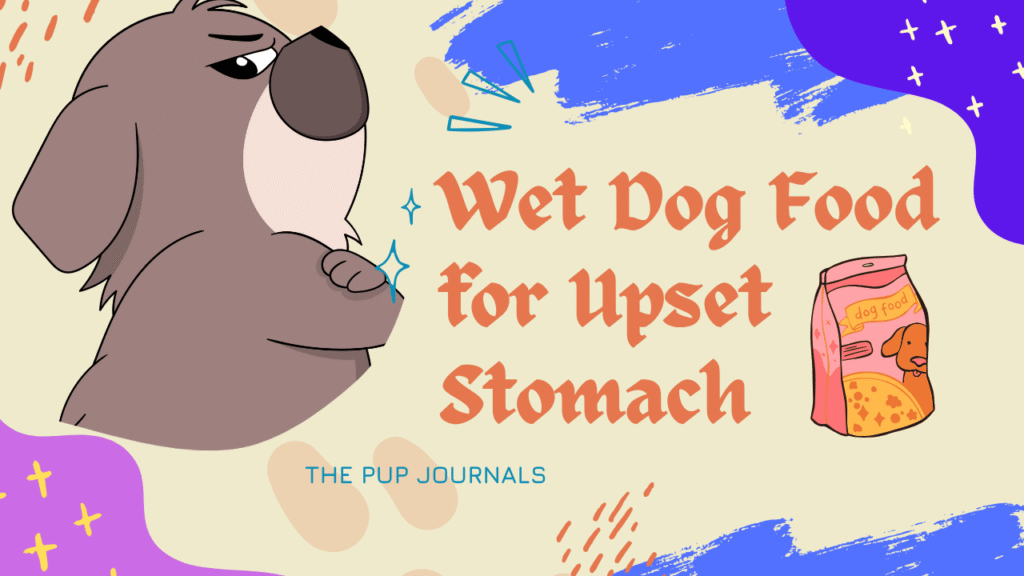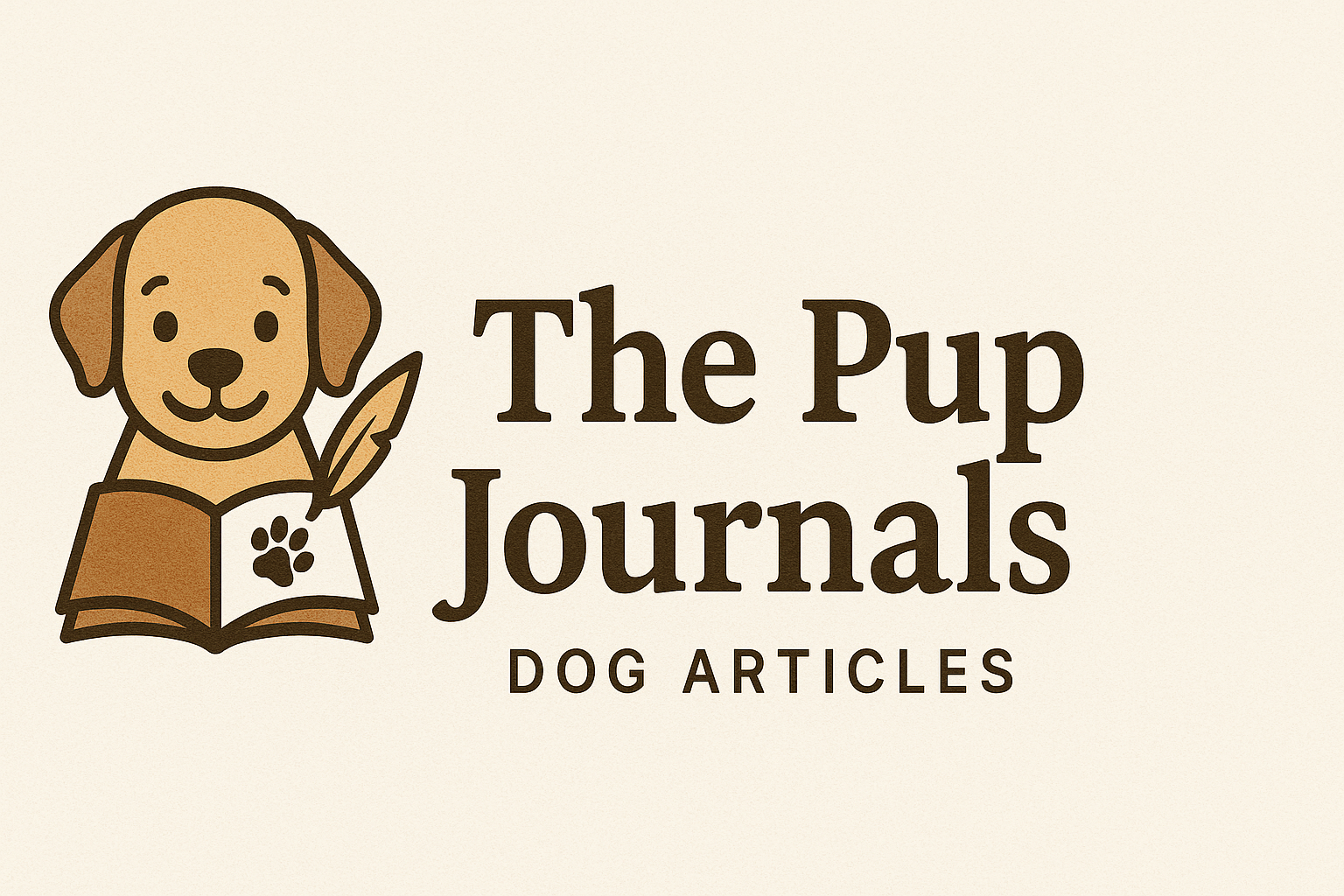
Table of contents
When your canine companion comes down with an upset stomach, watching them feel miserable can tug at your heartstrings. Upset tummies in dogs often manifest as vomiting, diarrhea, excessive gas or a lack of appetite—and while a trip to the vet is always the safest route for persistent or severe cases, gently easing their digestive system with the best Wet Dog Food for Upset Stomach
Why Wet Food Can Help
Compared to dry kibble, wet dog food offers several advantages for dogs suffering from gastrointestinal distress:
- High moisture content: Wet food typically contains 70–80% water, which helps keep your pup hydrated—crucial when they’ve been losing fluids through vomiting or diarrhea.
- Easier digestion: Soft, pre-cooked proteins and carbs require less stomach effort to break down, putting less strain on an already sensitive gut lining.
- Enhanced palatability: Nauseous dogs often turn up their noses at dry kibble. A savory, aromatic wet food can encourage eating, ensuring they still get vital nutrients.
- Gentle on the system: Many wet diets designed for upset stomachs use simple, recognizable ingredients, which reduces the risk of irritating the gut further.
Of course, every dog is unique—what works for one pup may not work for another. Always monitor your dog’s response and check in with your veterinarian if symptoms don’t improve within a day or two.
Key Ingredients to Look For (and Avoid)
When selecting a wet food to soothe digestive woes, scrutinize the label. Here’s what you want—and what you don’t:
Look For
- Single-source protein: Chicken, turkey, lamb or fish listed as the only meat source helps isolate potential allergens.
- Gentle carbohydrates: Rice, sweet potato, or pumpkin provide digestible energy and fiber without irritating the gut.
- Added prebiotics and probiotics.:Ingredients like chicory root, beet pulp or live cultures (Lactobacillus, Bifidobacterium) promote healthy intestinal flora.
- Omega-3 fatty acids: Fish oil or flaxseed help reduce inflammation in the digestive tract.
- Low fat, low fiber: For dogs with pancreatitis risk or very loose stool, lower fat and fiber levels can aid recovery.
Avoid
- Artificial additives: Colors, flavors or preservatives such as BHA, BHT and ethoxyquin can exacerbate sensitivities.
- Common allergens: Corn, wheat, soy, dairy or beef can trigger food intolerances in some pups.
- Excessive fillers: Ingredients like pea starch or cellulose offer little nutritional value and can irritate a delicate belly.
Best Selected Wet Dog Food for Upset Stomach
Below are five vet-backed wet formulas designed to calm your dog’s stomach and help them bounce back:
Hill’s Prescription Diet i/d Digestive Care Canned
This prescription formula features highly digestible chicken and rice, plus a patented probiotic blend to restore healthy gut flora. It’s also enriched with electrolytes to combat dehydration.
When to try: Ideal for dogs with chronic GI issues or after antibiotic treatments.
Purina Pro Plan Veterinary Diets EN Gastroenteric Canned
With fish meal and rice as the primary ingredients, this wet diet supports easy digestion and helps maintain stool consistency. Added antioxidants aid immune function during recovery.
When to try: Great for short-term flare-ups or post-surgery gastrointestinal support.
Royal Canin Veterinary Diet Gastrointestinal Moderate Calorie Canned
Balanced for dogs needing moderate calorie intake, this formula is low in fat and enriched with prebiotics. Its highly digestible proteins help minimize stress on the pancreas and intestines.
When to try: Perfect for higher-weight dogs experiencing GI upset or those sensitive to high-fat diets.
Blue Buffalo Natural Veterinary Diet GI Gastrointestinal Support Canned
Combines deboned chicken with pumpkin and oatmeal for gentle fiber and moisture. No chicken by-product meals, corn, wheat or soy. Includes guaranteed live probiotics in every batch.
When to try: Excellent choice for dogs whose upset stomach stems from mild food intolerances.
Natural Balance L.I.D. Limited Ingredient Diets Wet Food
Uses a single protein source (like duck) and pumpkin for prebiotic fiber. Grain-free and free from chicken, beef, dairy, eggs and soy, making it a go-to for elimination feeding trials.
When to try: When you’re not sure which ingredient is triggering the upset and need a true limited-ingredient option.
How to Feed for Best Results
Switching to a wet gastrointestinal diet requires care to avoid further irritation:
- Start small: Offer a few tablespoons of the new wet food every 4–6 hours rather than one large meal. This keeps the gut moving without overwhelming it.
- Monitor closely: Note any changes in stool consistency, frequency of vomiting or overall energy level. Keep a log if you need to report patterns to your vet.
- Maintain hydration: Even with high-moisture wet food, ensure fresh water is always available. For dogs refusing to drink, consider adding a teaspoon of low-sodium chicken broth to encourage sipping.
- Gradual transitio:. Once symptoms improve (usually within 24–48 hours), slowly mix in your dog’s regular wet or dry food over 5–7 days, following a 25% increments plan.
- Small, frequent meals: Continue feeding smaller portions 3–4 times daily until your dog’s digestion normalizes.
When to Call the Vet
Most mild cases of gastrointestinal upset resolve with dietary support. However, contact your veterinarian if you notice:
- Persistent vomiting or diarrhea lasting more than 24 hours.
- Blood in vomit or stool.
- Signs of dehydration, such as dry gums or sunken eyes.
- Severe lethargy or reluctance to move.
- Abdominal pain or bloating.
Prompt veterinary care can rule out serious conditions like pancreatitis, intestinal blockages or infections.
Final Thoughts
Watching your best friend struggle with an upset stomach is never easy, but choosing the right wet food can speed their recovery and restore their zest for life. From prescription formulas designed by veterinary specialists to high-quality limited-ingredient options, there’s a solution to fit every dog’s needs.
Read More

